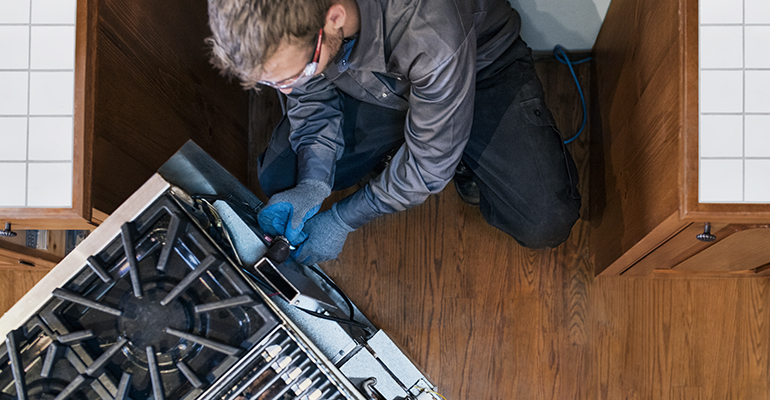Household gas appliances require a special approach to maintenance and service. Mainly, the specifics of operation of such units is determined by increased safety requirements. In this regard, special standards and regulations are introduced that govern the rules for the maintenance of gas equipment, as well as related repair measures.
Maintenance Regulatory Framework
The need to develop special rules for the maintenance and maintenance of gas systems and assemblies was due to the frequent cases of accidents in apartment buildings, which are also associated with equipment malfunctions. In 2013, a corresponding law was passed obliging owners of gas equipment to annually inspect operating units. Directly maintenance and repair of gas equipment inside the house is carried out by specialized organizations with which a contract is concluded. Decree of the Russian Federation No. 410 regulates controlling and organizational measures in this area.
What equipment is subject to maintenance?
The target control objects are any systems and devices that are located and operated in a particular residential building. It must be emphasized right away that it does not matter in which house the living space is located - it can be either a private cottage or an apartment building. It’s another matter that maintenance and repair of gas equipment at home can be carried out by companies that initially carry out the maintenance of the facility. The legal registration of services for monitoring gas systems in this case is simplified.
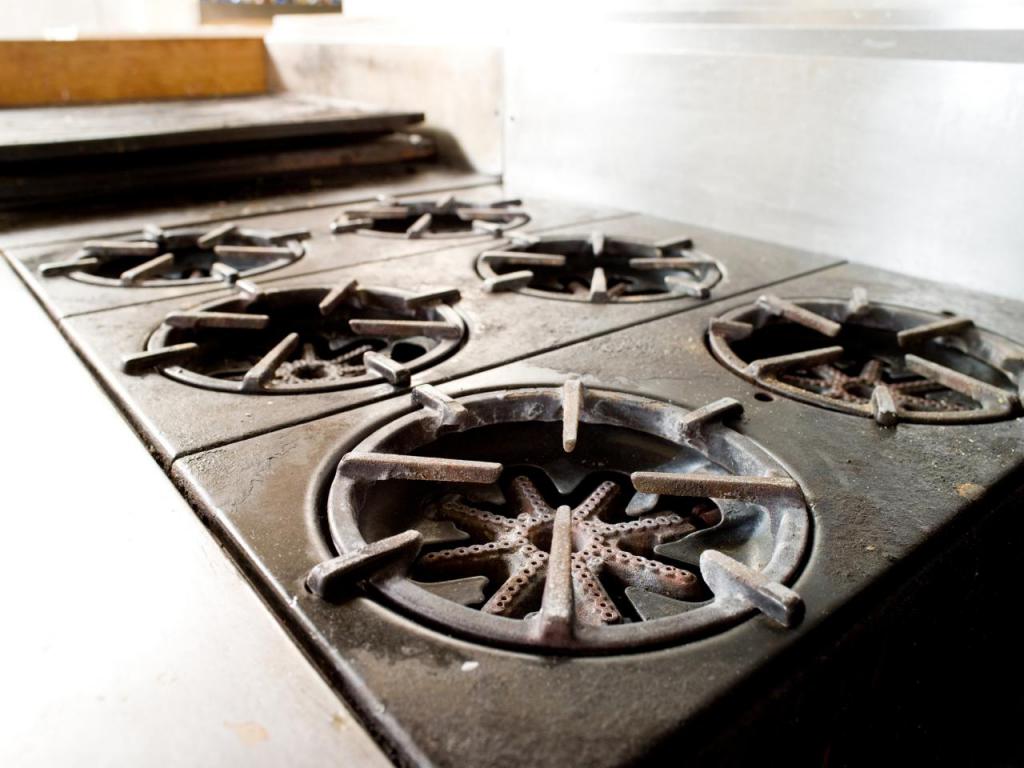
Now it’s worth considering which particular units are included in the list of equipment for mandatory regular inspection:
- House communication devices. Almost all components and functional units of apartment buildings that are involved in gas supply processes. In particular, these can be gas risers and metering devices.
- Directly consuming units are boiler plants, boilers, stoves and heaters that run on gas mixtures.
Signing a maintenance contract
The subscriber, that is, the direct owner and user of gas equipment, is required to conclude a contract with the organization, which will carry out technical activities annually. To do this, you must submit an application to an organization that has the right to provide such services. In order to conclude a contract for the maintenance of gas equipment, it is necessary to attach the following documents to the application (in essence - the offer):
- Identity card of the applicant or constituent documents from a legal entity.
- If the application is made by the representative of the owner of the equipment, then an appropriate document is sent confirming the right to act on behalf of the owner.
- Documents confirming the compliance of equipment with existing technical standards.
- Documents containing the date when the gas meter was sealed.
- If we are talking about an apartment in an apartment building, then the protocol of the meeting of owners is also attached, at which a decision was made to conclude an agreement on servicing gas equipment.
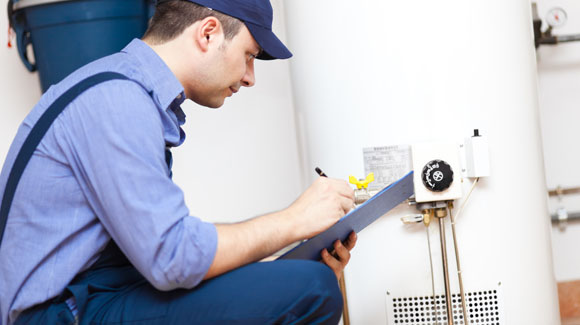
What is indicated in the contract?
In addition to indicating passport information on systems and assemblies, dates and places, the contract for the maintenance of gas equipment should also include the following information:
- Connection configurations for common house gas supply communications.
- List of work activities to be undertaken as part of the service.
- Schedule of inspection and repair procedures.
- The cost of the services provided.
- The procedure and deadlines for making payments for services.
- Responsibilities, rights and obligations of the parties.
- The validity period of the contract.
- Other conditions in which technical and verification measures will be carried out.
Who can act as a customer of services?
There are several categories of organizations and individuals that, in principle, can conclude a contract with an organization for servicing gas equipment. First of all, it can be the direct owner of the housing in which this equipment is operated. If the matter concerns intra-house common equipment, the customer may be the management company, cooperative, partnership or other organizations that are the owners of the house or an economic entity.
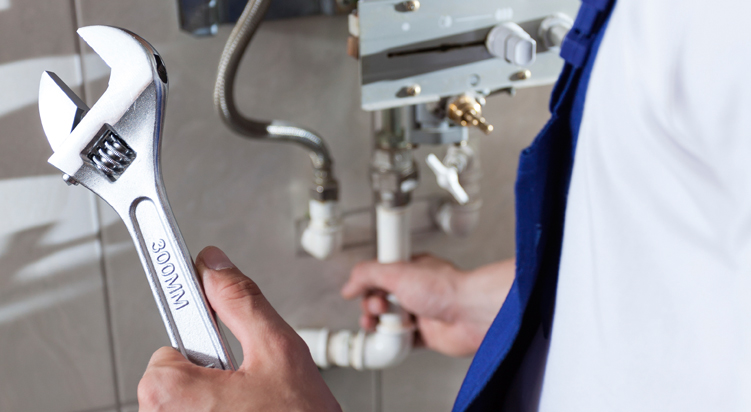
As a rule, the owner concludes a contract for the maintenance of gas equipment in a private house, but even in this case it is possible to design a hiring of a specialized company with an appropriate license, which will formally provide services to a third-party company. For example, if the owner of a large cottage entrusted the complex engineering services of one organization, then it can also conclude an agreement with another contractor for conducting separate servicing events.
Household equipment maintenance work
The most large-scale works, which include visual inspection, testing of devices, a comprehensive analysis of the technical condition of communications, etc. Specific procedures for the maintenance of intra-house intra-apartment gas equipment include the following:
- Checking the quality of the installation of gas-using systems and assessing the compliance of pipelines with regulatory requirements.
- Checking the quality of painting and fixing devices of the gas pipeline. In the same part, specialists check the integrity of technological units - collectors, splitters and valves.
- Visual inspection of the adequacy of free access to gas-powered units and related communications.
- Testing the gas pipeline for leaks using crimping equipment or soap emulsions.
- In the apartment, the maintenance of gas equipment also involves checking the operation of ventilation and smoke channels, which are responsible for the intake of combustion air and the removal of exhaust gas mixtures.
- The condition of fittings and materials, including valves, gaskets, nozzles, taps, gaskets, etc., is checked.
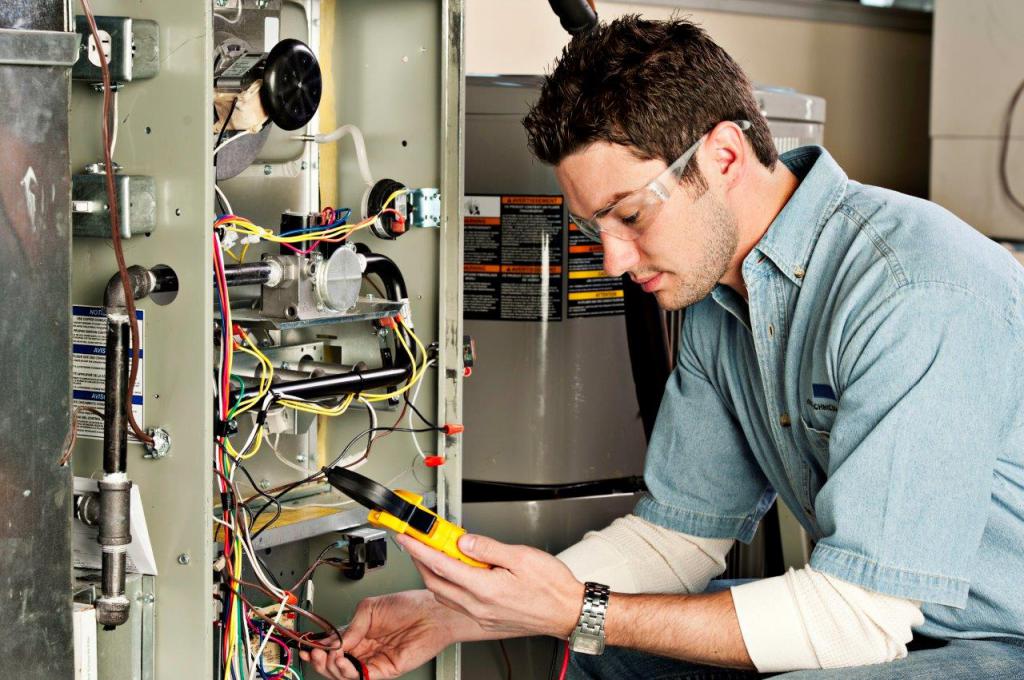
Based on the results of the initial visual inspection, a decision may be made on equipment testing or repair work. In the second case, a project is sometimes drawn up for the production of works - it depends on the scale of technical measures and the terms of the contract.
Features of gas stove maintenance
First of all, the quality of fasteners and the stability of the installation of equipment are evaluated. In particular, how reliably the stove is fixed relative to the countertop or other nearby kitchen furniture. Next, the fastening of functional elements is checked - a grate, a thermal indicator, burners, baking sheets, etc. Special attention is paid to automation, control and protection systems during maintenance of gas in-house equipment. To test such devices, a specialist can use measuring electrical equipment like multimeters.
Features of maintenance of gas furnaces
For such units high demands are made regarding fire safety. The clearance between the furnace structure, walls and other installations is evaluated. The front infrastructure of the burners and the traction stabilizer should be present in the general infrastructure of this equipment. The quality of work of these systems is also checked with the help of special devices and devices. In the maintenance of gas equipment of the furnace type, the thrust value is extremely high, so the controller will have to check the gate movement in the chimney. The intensity of air flow is measured, and the compliance of the mine parameters with regulatory requirements is assessed.
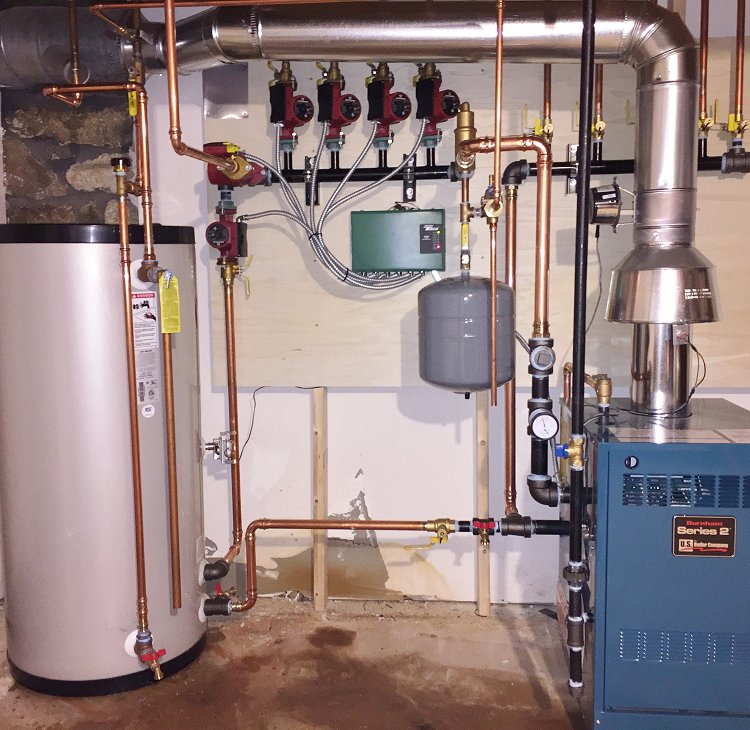
Features of maintenance of hot water boilers
The complexity of boilers and other boilers operating in the DHW station mode lies in the multilevel contour piping. The master is required to carefully check the pipelines, connection sections and connect the unit to the circulation circuits. The system is inspected for leaks and depressurization. In particular, the fitting density of the heat exchanger and coil nozzles to the walls of the combustion chamber is estimated. These are the most sensitive interface nodes of the functional parts. Provides for the maintenance of gas equipment and cleaning measures. Using special detergents and abrasives, the surfaces of the heat exchanger and furnace are cleaned from soot, scale and scale. If necessary, replace filters and unit membranes.
Additional serving procedures
During the inspection, not only the target equipment with communications is checked, but also the cylinders with the gas mixture, if the source is not the central supply line. Individual balloon installations, in particular, are checked for pressure compliance with established standards (2-3.6 kPa), tightness and structural integrity.

If necessary, as part of the maintenance of gas equipment, the master can adjust the operation of the systems coupled to the target unit. For example, if the operation of the boiler is controlled by a common automated controller, in which, at the time of the check, incorrect control parameters of the device were set.
Repair work
To carry out such activities, a special application is submitted and an equipment inspection act is drawn up, on the basis of which a plan of further actions is developed. But this applies to unscheduled repairs, which may be associated with accidents or the detection of breakdowns during normal operation. Planned repair and maintenance operations usually come down to replacing consumables, reinstalling individual components, etc.
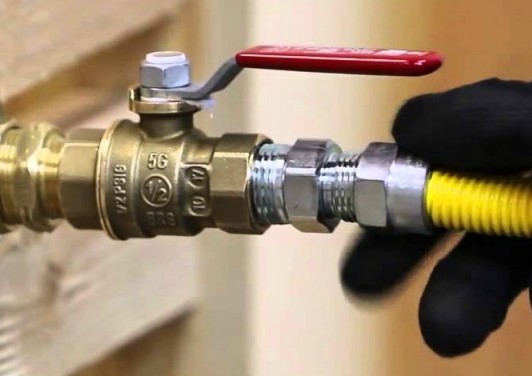
Comprehensive maintenance and repair of gas equipment, for example, also provides for the replacement of electrical wiring if its damage or violation of the insulation coating is detected. The most important repair and restoration procedures are related to repairing burners, mixers, setting up movable parts of equipment, replacing gas mixture supply hoses, etc. More complex measures are entrusted to the masters of specialized service centers from the direct manufacturer.
Conclusion
Mandatory maintenance of household gas equipment by licensed organizations on a regular basis to many users seems unnecessary and burdensome. And there is every reason for this, since there are additional organizational chores, not to mention financial costs. On the other hand, in the contract for maintenance and repair of gas equipment, it is possible to indicate the optimal conditions for inspections, which will at least minimize undesirable problems during the scheduled monitoring.However, the appropriateness of such procedures should not be called into question, since this is a matter of security. And the usual practice of self-service maintenance with repair without the help of specialists in this case does not work precisely in view of the increased danger of the gas technical infrastructure.
